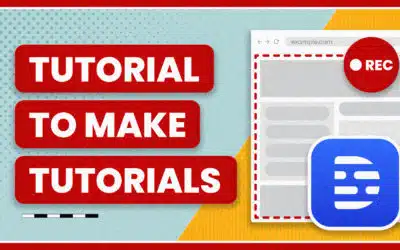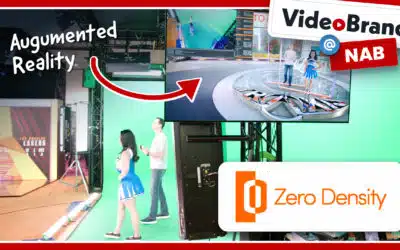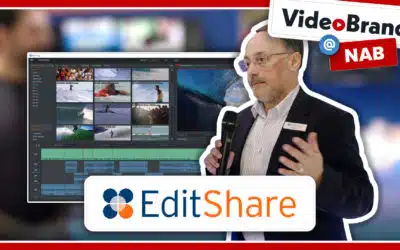One big problem Undercover has presented that I haven’t had to deal with before is finding a crew. Normally set is considered a class, so having people to show up and work isn’t a concern.
However, since this is an extra film not part of the curriculum, we’ve had to scrape together a crew. It’ll come together, but it’s just one extra thing to add to a long to-do list.
People are usually surprised at how many people it takes to make a film, especially at how specific some jobs are (“All they do is move the camera? They just turn a knob to adjust focus?”).
A lot of jobs on a film set come down to time and quality. Yes, you can do most of these jobs with a few people – you hear of a few friends making a movie all the time. But when one person covers many areas, the quality suffers. And in order to get that high production value that you see in Hollywood films, you need highly trained people in highly specialized jobs.
When it’s one person’s job to focus on just one thing, that thing will be done perfectly. And it will save time, and time is money.
Compared to a large production, our crew is extremely small, with just the basics for each department.
To break it down, here’s what our crew looks like:
Director – The Director is the most public face of the crew. Ultimately the film is the Director’s vision and it’s the Director’s job to make that vision a reality by guiding (eh, directing) the cast and crew.
Production Team
Producer – Normally the Producer gets the funding to make the movie, but since this film and every Film School film is already funded, the Producer deals with making the script a reality. Casting, locations, food, vehicles, animals, etc.
Unit Production Manager (UPM) – The UPM deals with more of the logistical tasks of getting a movie made. In film school they mainly assist the Producer.
First Assistant Director (1AD) – Don’t let ‘Assistant’ fool you – the First AD is the voice the Director doesn’t want to hear. The AD keeps everyone on schedule and the production moving.
Second Assistant Director (2AD) – The Second AD deals with most of the paper work – having everyone sign in, making the Call Sheets, and handling all the daily paperwork, as well as assisting the First AD.
Script Supervisor – Keeps the continuity of a script. Since most films are shot out of sequence, a good script supervisor can save many continuity headaches in editing, such as objects jumping from hand to hand or clothing changing.
Camera Team
Director of Photography (DP. aka Cinematographer) – The DP handles the look of the film, in conjunction with the Director, through lighting and camera work.
Camera Operator – Sometimes the DP operates the camera, but usually there is a separate operator. Yes, you’re probably thinking, “There’s a guy whose job is to move a camera?” Not only that, he doesn’t even press Start/Stop. While it may sound silly, a good operator is key to getting complicated shots and keep the production moving.
First Assistant Camera (1AC) – Just when you thought a Cam Op was silly, the First AC handles the focus. Yes, focus, that thing you usually leave to Mr. Auto. Auto-focus doesn’t work on a professional camera. One, because it doesn’t exist, and two, because a computer doesn’t know what you want to focus to. Like camera movement and composition, focus is another tool to tell you where to, well, focus your attention. Also, there are many things that can be fixed in post-production. A blurry image is not one of them.
Second Assistant Camera (2AC) – The Second AC loads the film, or on a digital shoot, swaps memory cards and downloads the files. They also slate each scene (that’s the iconic black and white bar slate that goes ‘clap’).
Art Team
Production Designer – Designs everything that appears in front of the camera – sets, props, costumes, etc.
Art Director – Assists the Production Designer.
Grip and Electric
Gaffer – Working with the DP, the Gaffer is the person who actually lights a scene.
Key Grip – The Key Grip handles everything not relating to lights – Dolly, cranes, jibs.
Best Boy Electric (BBE) – Serves under the Gaffer and powers everything through a generator.
Best Boy Grip (BBG) – Serves under the Key Grip.
Sound
Sound Mixer – Gets quality sound by using lavalier mics on the actors and a boom mic.
Boom Operator – The person holding the giant stick with a mic at the end of it over the actor’s heads.





